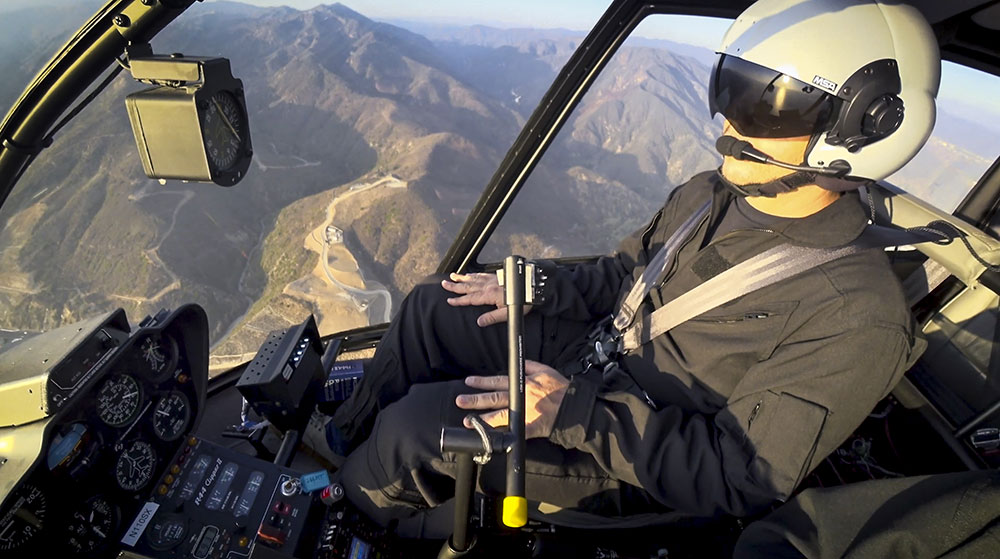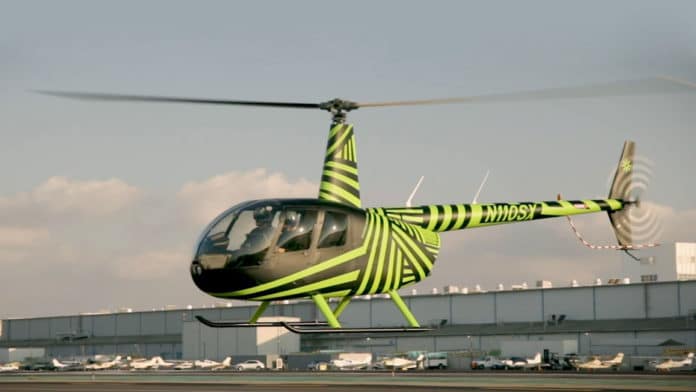Autonomous systems continue to find their place in the field of aviation. A number of companies are developing aircraft that can take-off and land vertically and autonomously, but the technology is still in the development stage.
Recently Skyryse, a California-based startup specializing in the development of self-propelled helicopters, has introduced the Skyryse Flight Stack, a set of technologies that, according to it, will allow future fleets of air taxis to fly themselves over cities.
What makes Skyryse different from other autonomous VTOL projects is that their technology is intended to be added to existing aircraft rather than wasting efforts to build an electrically powered air vehicle from scratch. Skyryse conducted a test of its custom “Flight Stack,” which consists of a set of tools currently designed to work with the Robinson R-44 helicopter.

Skyryse also released a demo video showing the world’s first fully autonomous end-to-end flight without a pilot’s hands on the controls in a modified, FAA-approved helicopter, Robinson R-44.
The Skyryse Flight Stack technology enables the aircraft to fly entirely autonomously or to automate aspects of a flight, similar to cruise control for cars, under high-level guidance from the pilot. The vehicle is equipped with a range of flight control and stability sensors that helps steer, stabilize, and direct the aircraft while monitoring other flight data.
Besides, there is an additional security layer that constantly monitors the aircraft’s movement to ensure no actions are taken that exceed safety limits, especially in emergency situations.
In addition, Skyryse also uses sensors on the ground, such as “smart heliport,” to provide information about weather, wind conditions, or low flying objects such as birds and Drones throughout the journey. All of these traffic control networks are designed to operate at scale and integrates with existing FAA networks and communicate data for monitoring flight paths, altitude, and other similarly critical data.
Skyryse has yet to announce when its self-driving helicopter will hit the market. If operational, it could be a major competitor to Volocopter – a two-seater flying taxi that was tested in Singapore in October this year and is expected to start providing official service in the next two years.
